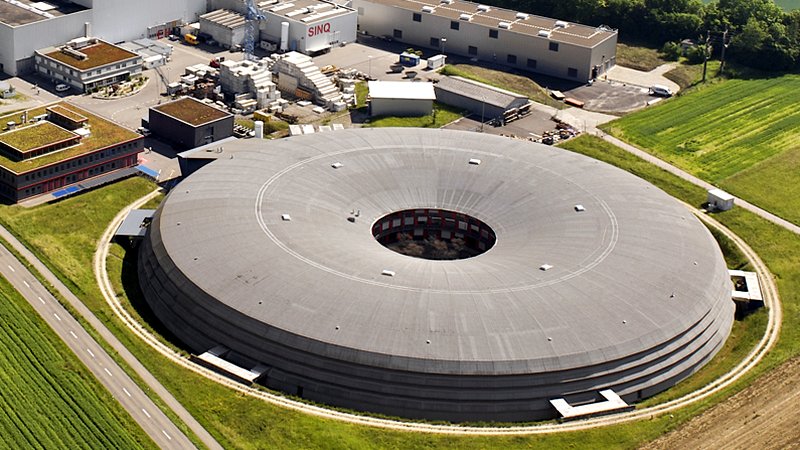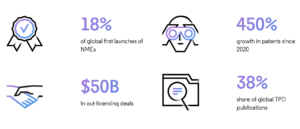
An X-ray look at GPCR structure
UK's Heptares Therapeutics and Paul Scherrer Institute spinoff leadXpro will collaborate to find new approaches for the determination of high-res X-ray structures of G protein-coupled receptors to find new drugs.
G protein-coupled receptors (GPCRs) form one of the most important classes of drug targets. Heptares, a subsidiary of Japanese Sosei Group Corporation, will use its proprietary platform to generate conformationally stabilised GPCRs, which facilitate the formation of protein crystals. The teams will evaluate novel analytical methods for crystals that fail traditional X-ray crystallography techniques, using leadXpro’s expertise in high-powered X-ray technology. The companies hope that combining the technologies will accelerate the delivery of structural information for drug discovery efforts.
Serial crystallography with synchrotron and free electron laser technologies push the frontier of membrane protein crystallography, Michael Hennig, Chief Executive Officer of leadXpro, said. Advantages include enhanced X-ray data collection at room temperature and the ability to generate more than 100-fold redundancy of data, while the ultimate brilliance of the free electron laser enables work with much smaller crystals to produce better resolved 3D structures. In this way we can unlock those membrane proteins that are currently intractable for structure-based drug discovery.
Fiona Marshall, Heptares’ Chief Scientific Officer, added: We are […] excited to see if these cutting-edge technologies can generate new insights for structure-based drug discovery with GPCR crystals that prove challenging to standard X-ray crystallography.
© european-biotechnology-news.com/um


 White House
White House Clarivate
Clarivate H. Zell - wikipedia.org
H. Zell - wikipedia.org